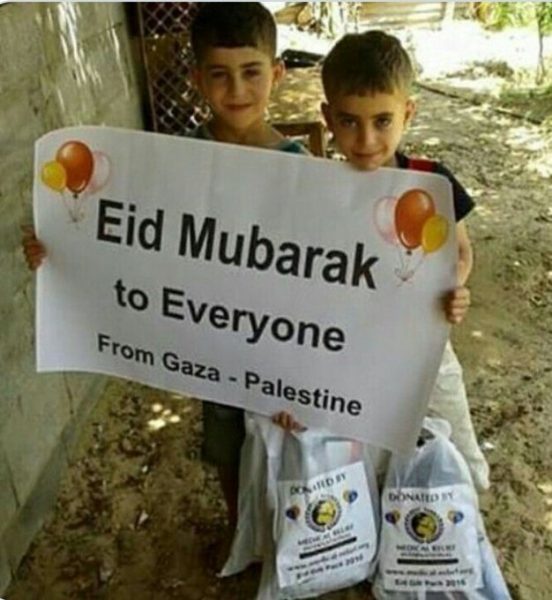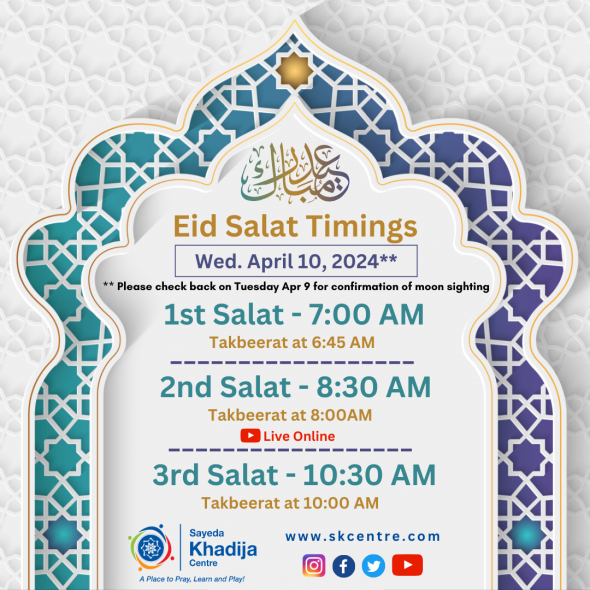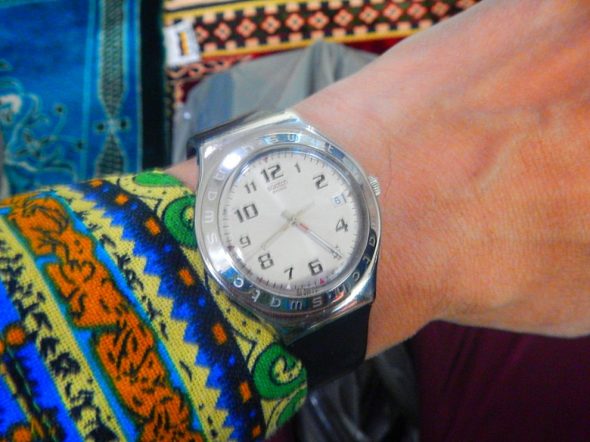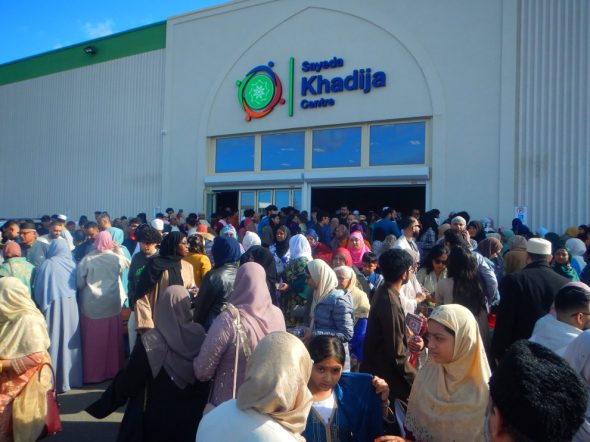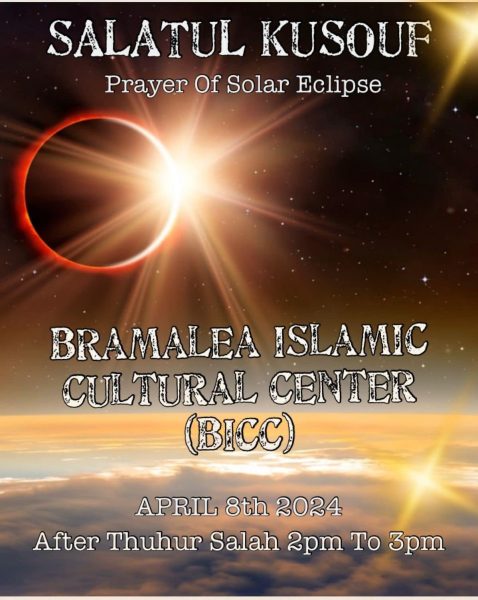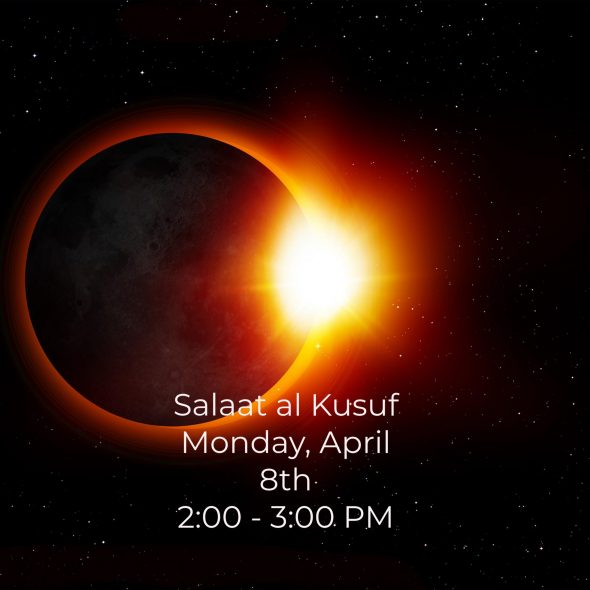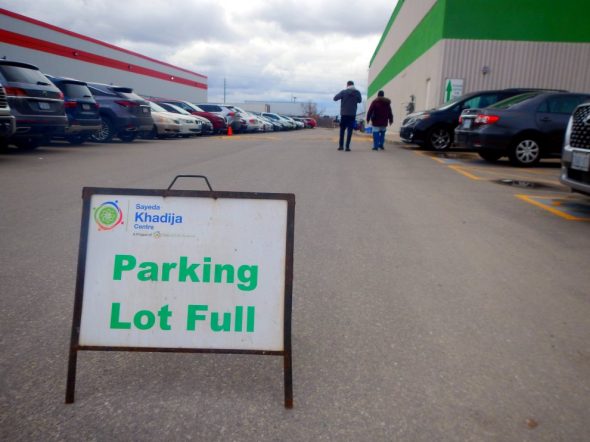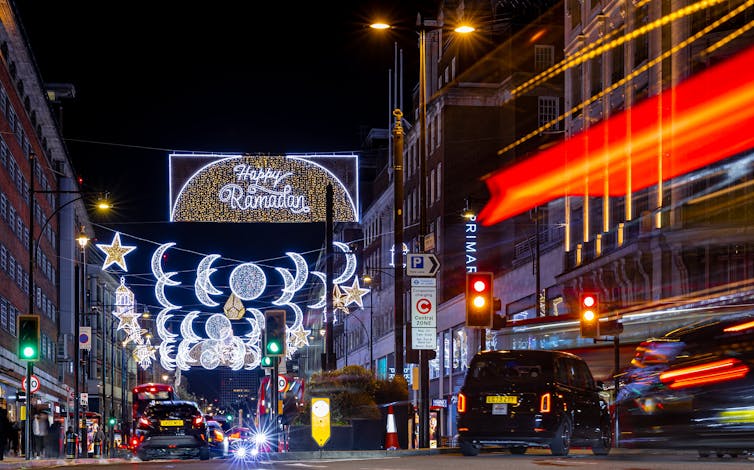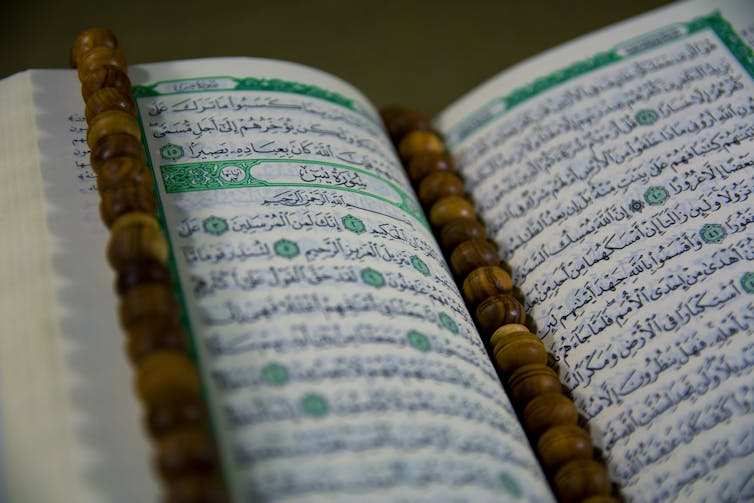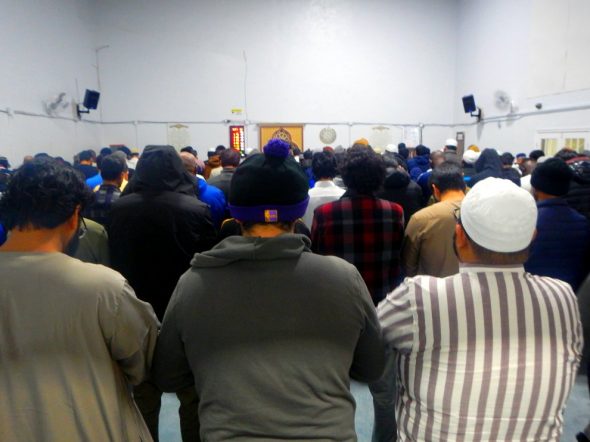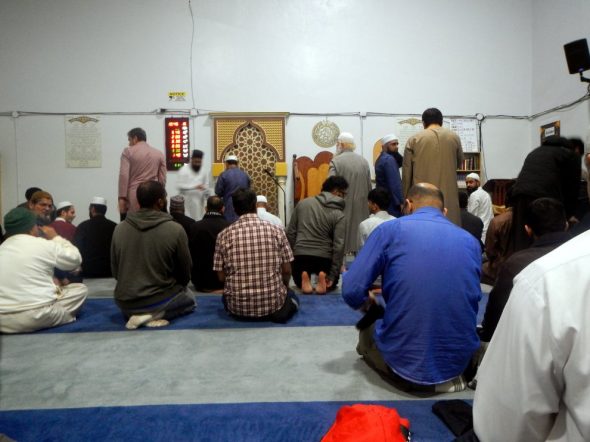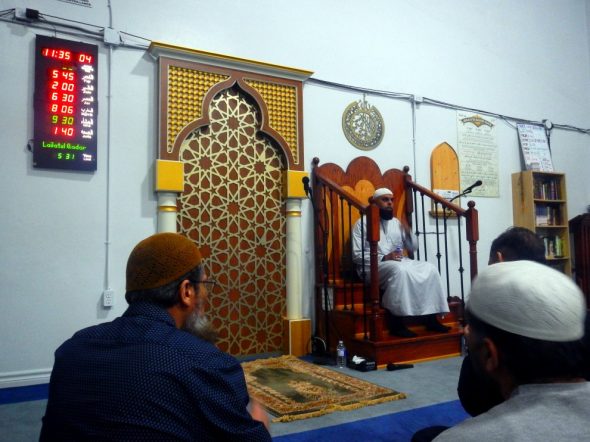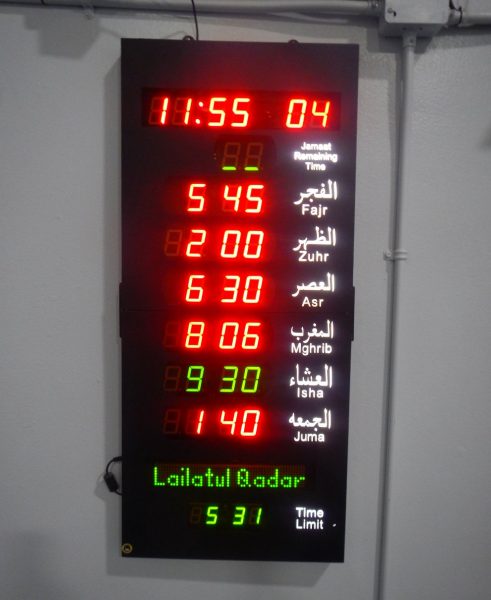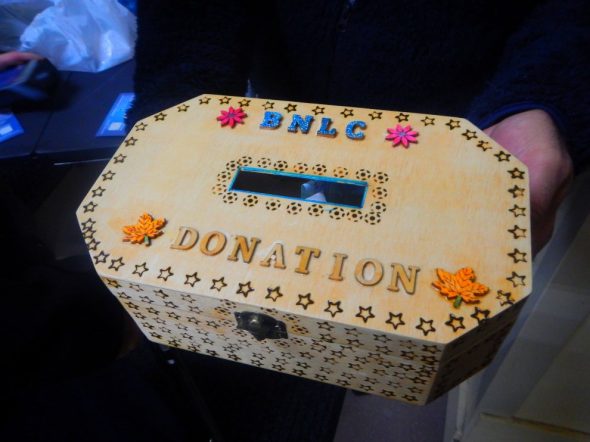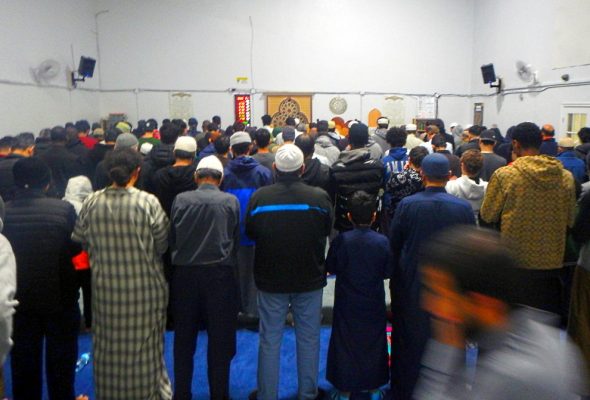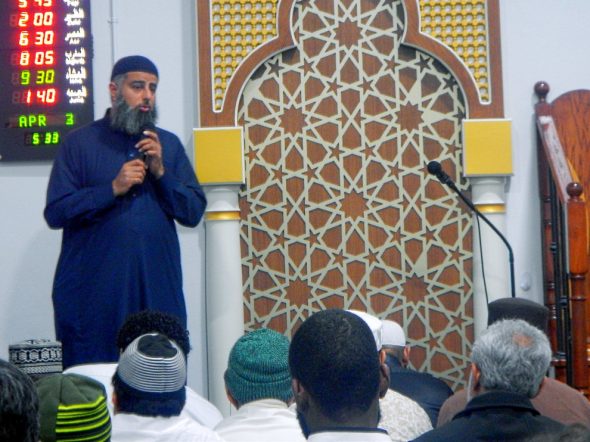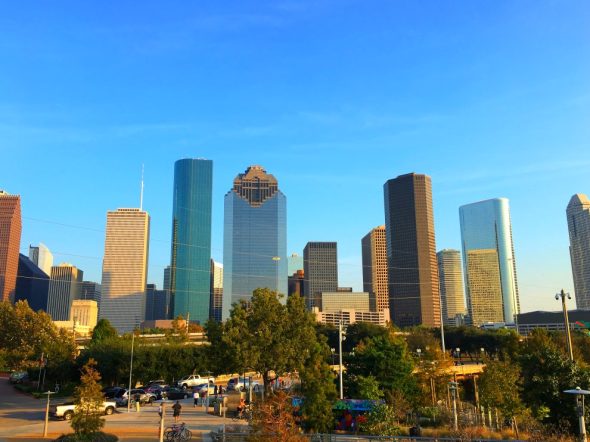
Houston Skyline in 2016
Guest Blog Post By AbdulAhed Farooqi
Salam,
Before moving to Toronto I used to live in Houston for almost 10 1/2 years both as a student and as a working professional.
I was very active in student organizations at the University of Houston and was an officer at the U of H MSA.
As the university was a commuter school, students from all over the greater Houston area attended the main campus and I was able to make lots of friends and contacts across the city and its numerous suburbs.
In Ramadan I used to attend the different Masjid for Iftaars; it was a nice way to see my friends as well.
I actually was inspired by one of my friend’s brother, Bassam Tariq, who at the time was going around the US in 30 days to visit 30 Masjids in 30 different states.
I wanted to try to do the same in Houston but was only able to visit 17 masjids for Ramadan, I think this was back in 2009.
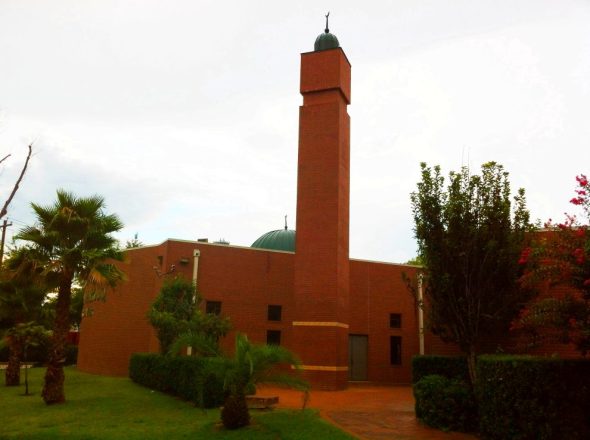
My Local Masjid in Houston : Masjid ElFarouq
What’s interesting and unique about Houston’s Masjid communities is that they are based around work places.
For example, if someone’s parents worked in the oil and gas industry, they would tend to buy a house in the energy corridor and attend the local masjid there.
If someone’s parent worked at NASA, they would live in the clear lake area.
In this sense each different neighborhood had its own experience as it was mainly divided by professionals, at least for the 1st generation Americans.
I also got to live how each different community developed over the years: when there was no masjid, to funding an entire masjid with a school and community center, for example.
I ended up leaving the US and moving to Canada due to Immigration reasons back in 2017, however, I still consider Houston to be home away from home.
“In a way Houston is like my Makkah and Toronto is like my Madinah.”
– AbdulAhed Farooqi
The Muslim community in Houston, from my own personal experience, is far more organized with many different organizations providing services to Texans and many of the great scholars and Islamic teachers are based around Texas as well.
I don’t travel around the Greater Toronto Area as much as I should, but I have seen some similarities at some of the suburban masjids for example in Mississauga that reminded me of the communities in Houston.
It’s also very hard to be social in Toronto, with meeting new people in general as well, however I do think that had I went to University in Toronto instead things would be a lot more easier from a social standpoint.
From my experience, I highly recommend people to join any organization to volunteer and meet people, especially at your MSA or masjid.
It is a great way to connect with others and to give back to the community as well.
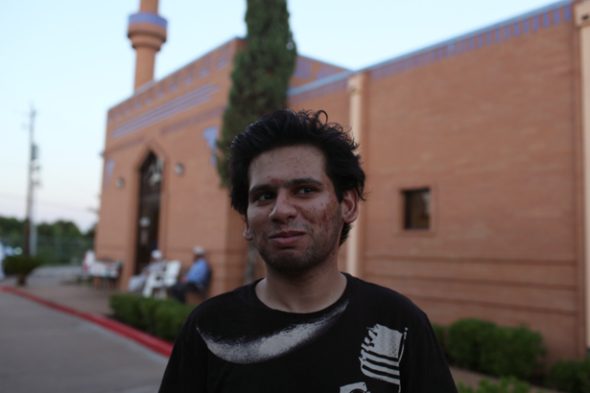
Abdulahed Farooqi stands next to Synott Mosque. Inspired by our project last year [2009], Abdulahed is visiting 30 mosques in 30 days in Houston. – Bassam Tariq
